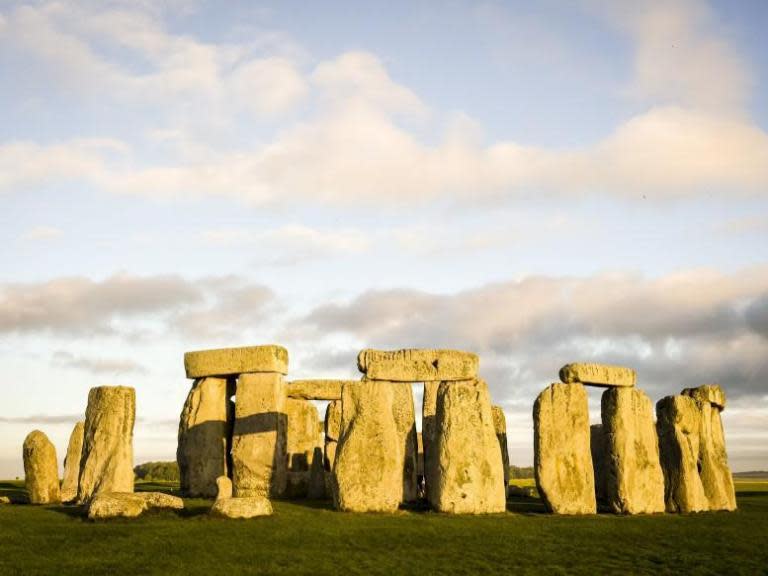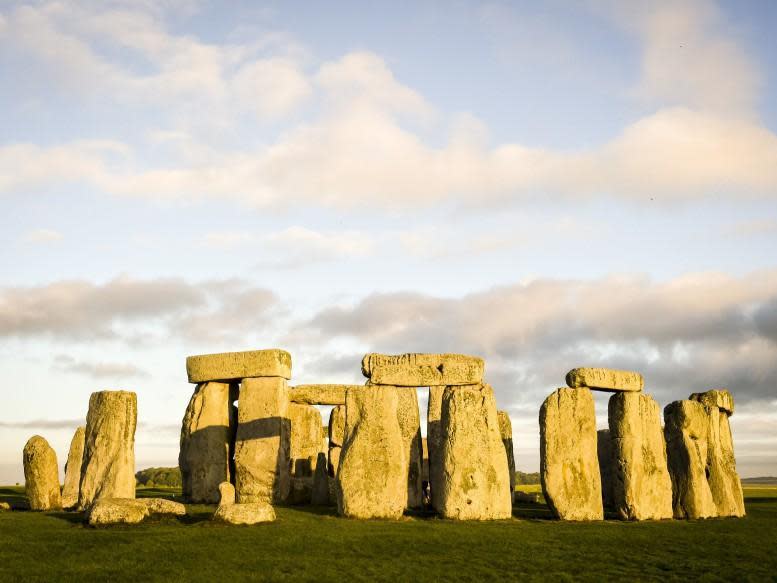Stonehenge: Missing part of Wiltshire landmark returned after 60 years
A missing piece of Stonehenge has been returned to the site more than 60 years after it was taken.
A metre-long core from inside one of the prehistoric stones was removed during archaeological excavations in 1958.
Its existence remained largely unknown until 89-year-old Robert Phillips – who was involved in those works – returned the piece after keeping it for six decades.
Mr Phillips, who has since retired to the US, said he wanted to give the artefact back ahead of his 90th birthday.
Now, English Heritage, which looks after the ancient monument in Wiltshire, says analysis of the sample may help establish exactly where the stones originally came from.
Heather Sebire, the charity's curator for Stonehenge, said: "The last thing we ever expected was to get a call from someone in America telling us they had a piece of Stonehenge.
"We are very grateful to the Phillips family… Studying the Stonehenge core's 'DNA' could tell us more about where those enormous sarsen stones originated."
The piece was originally removed during work to raise one of the site’s fallen trilithon – a group of two upright stones with a third across the top.
Cracks were found in one upright as part of this work and it was drilled with three 32mm holes, which then had metal rods inserted into them in a bid to reinforce the stone.
It was one of these thin cones of removed stone which Mr Phillips kept, hanging it first on his office wall in Basingstoke and then taking it with him when he moved to Florida.
His sons Robin and Lewis returned the piece last May, although English Heritage said the find was not announced until Wednesday morning because experts wanted to establish its significance.
Lewis Phillips said: "Our father has always been interested in archaeology and he recognised the huge importance of the piece of the monument in his care. It was his wish that it be returned to Stonehenge."
Stonehenge's smaller bluestones are known to have been brought from the Preseli Hills in Wales, but the origin of the much larger sarsen stones remains a mystery.
A project is investigating the chemical composition of these in a bid to pinpoint the source.
The newly recovered core, which is pristine compared with the weathered stone it was taken from, presents an opportunity to analyse the purer interior of a stone.
English Heritage said it did not know if the other two cores survived and urged anyone involved in the 1958 excavation to get in touch if they think they had information.


